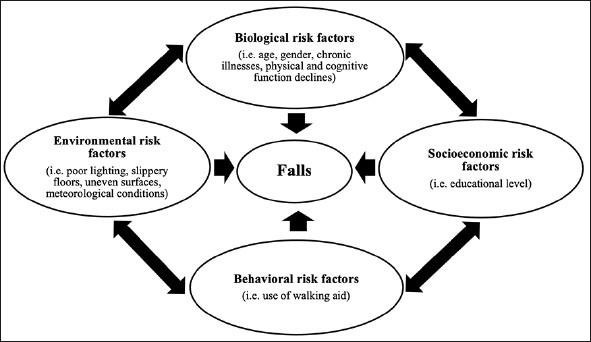A nurse is caring for a client who is at risk for falls. Which of the following actions should the nurse take? (Select all that apply.)
Keep the client's bed in the lowest position.
Assess the client every 4 hr.
Keep the client's room dark at night.
Teach the client to use the call light.
Place a fall-risk identification band on the client's wrist.
Correct Answer : A,D,E
A. Keeping the client's bed in the lowest position helps minimize the potential fall distance if the client attempts to get out of bed.
B. Assessing the client every 4 hours is a good practice for general monitoring but may not be specific to fall prevention. More frequent assessments may be necessary for a client at high risk for falls.
C. Keeping the client's room dark at night can actually increase the risk of falls. It's important to ensure there is adequate lighting to help the client navigate safely.
D. Teaching the client to use the call light allows them to request assistance when needed, reducing the likelihood of attempting to move or get out of bed independently.
E. Placing a fall-risk identification band on the client's wrist helps alert all healthcare providers that the client is at risk for falls. This information is crucial for ensuring appropriate precautions are taken.

Nursing Test Bank
Naxlex Comprehensive Predictor Exams
Related Questions
Correct Answer is C
Explanation
A. Holding the client's evening dose of digoxin is not the priority at this time. The client's symptoms of confusion and drowsiness require immediate attention to determine the cause.
B. Increasing the client's fluid intake may be important for various reasons, but it is not the most urgent action in this situation. The client's altered mental status and vital signs need to be assessed first.
C. Completing a neurological check is the most appropriate action in this situation. The sudden onset of confusion and drowsiness may indicate a neurological issue that needs to be assessed promptly. This includes assessing the client's level of consciousness, pupillary response, motor function, and other neurological signs.
D. Administering the prescribed PRN antihypertensive medication is not indicated based on the client's current presentation. The client's symptoms are more suggestive of a neurological issue rather than hypertension. It's important to address the altered mental status first.
Correct Answer is A
Explanation
A. The nurse violated the ethical principle of Beneficence by not completing an incident report. Beneficence involves taking actions that promote the well-being and safety of the client. Failing to report an incorrect medication administration, even if no harm occurred, could potentially jeopardize the well-being of future clients.
B. Autonomy refers to the right of the client to make decisions about their own care and treatment. While it is an important ethical principle, it is not directly relevant to the nurse's failure to complete an incident report.
C. Veracity involves truthfulness and honesty. While not completing an incident report may be seen as a lack of transparency, the primary ethical principle violated in this scenario is beneficence.
D. Confidentiality pertains to protecting the privacy and confidentiality of client information. This principle is not directly related to the nurse's failure to complete an incident report.
Whether you are a student looking to ace your exams or a practicing nurse seeking to enhance your expertise , our nursing education contents will empower you with the confidence and competence to make a difference in the lives of patients and become a respected leader in the healthcare field.
Visit Naxlex, invest in your future and unlock endless possibilities with our unparalleled nursing education contents today
Report Wrong Answer on the Current Question
Do you disagree with the answer? If yes, what is your expected answer? Explain.
Kindly be descriptive with the issue you are facing.
